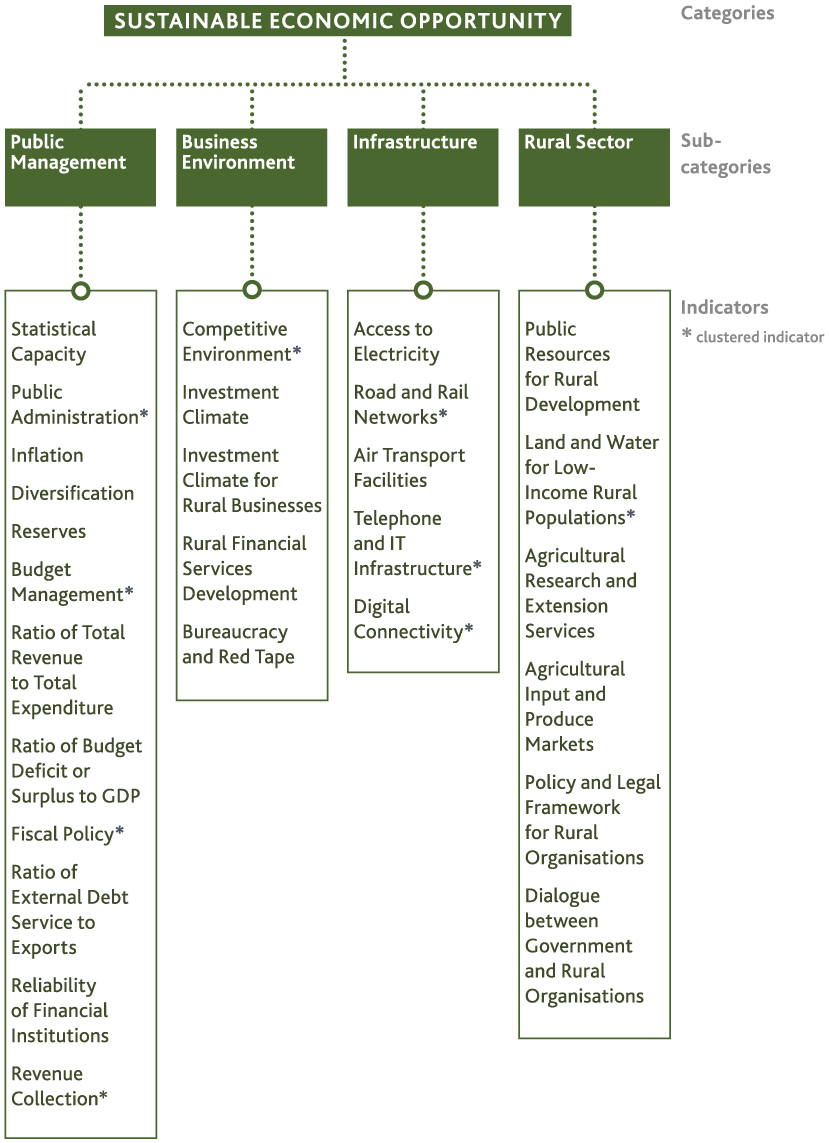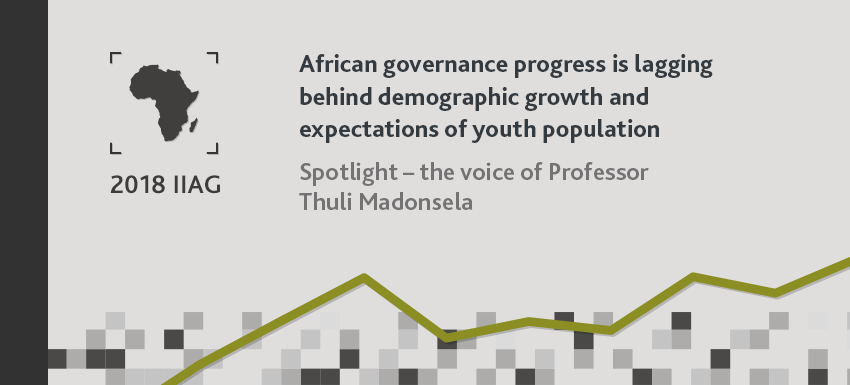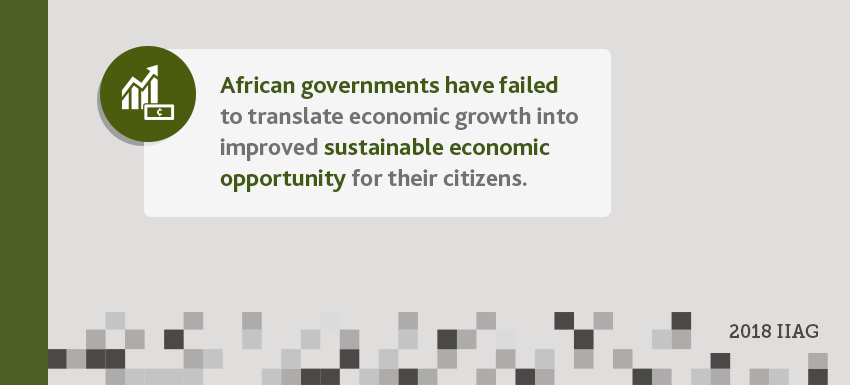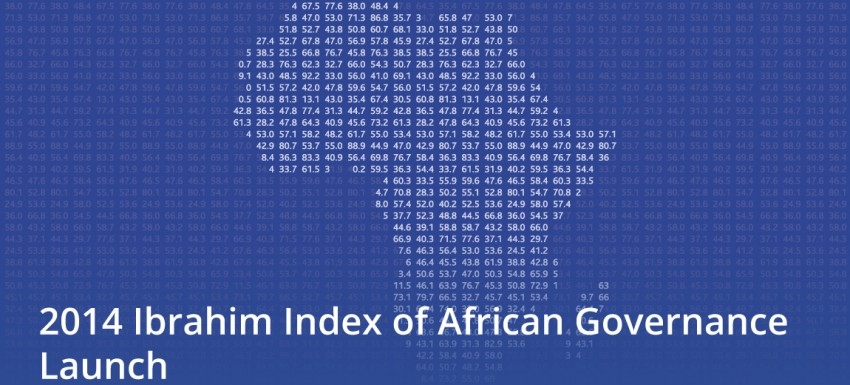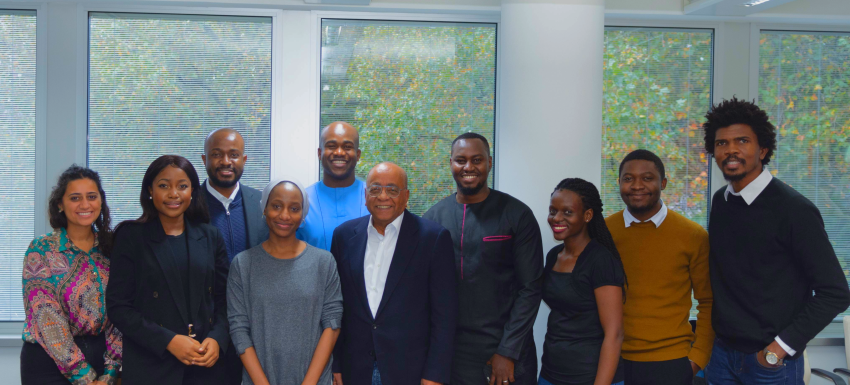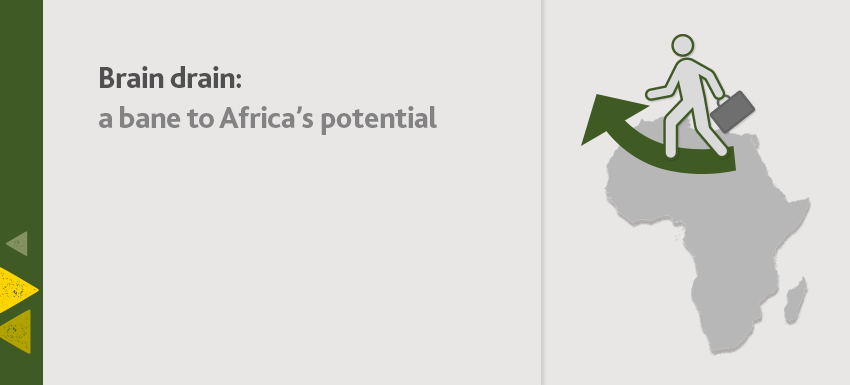The Sustainable Economic Opportunity category measures four subcategories: Public Management, Business environment, Infrastructure, and Rural Sector. These are Board member Lord Cairns’ thoughts on the importance of this category:
Sustainable Economic Opportunity is one of the four pillars under which governance is measured in the Ibrahim Index. Freedom to participate in the creation of economic wealth is a key right for all citizens and governments have an overwhelming duty to develop an enabling framework. This pillar seeks to measure, first, governments’ abilities to manage the macro economy along sound lines to ensure broad economic development. It also seeks to measure the regulatory framework, which allows, inter alia, the wealth-creating private sector to grow within the constraints and interest of society as a whole.
A third set of variables covers the availability of basic infrastructure, which in some cases is provided by the State, whilst in others by the private sector, within a system determined by governments. The final group of indicators covers aspects of agricultural production and rural development. These are of particular significance, given the large rural populations of most countries, the importance of subsistence goods together with concerns associated with land and water availability, which may become even more acute. It is encouraging to note that on average the majority of countries of Africa have consistently improved their scores in this pillar.
